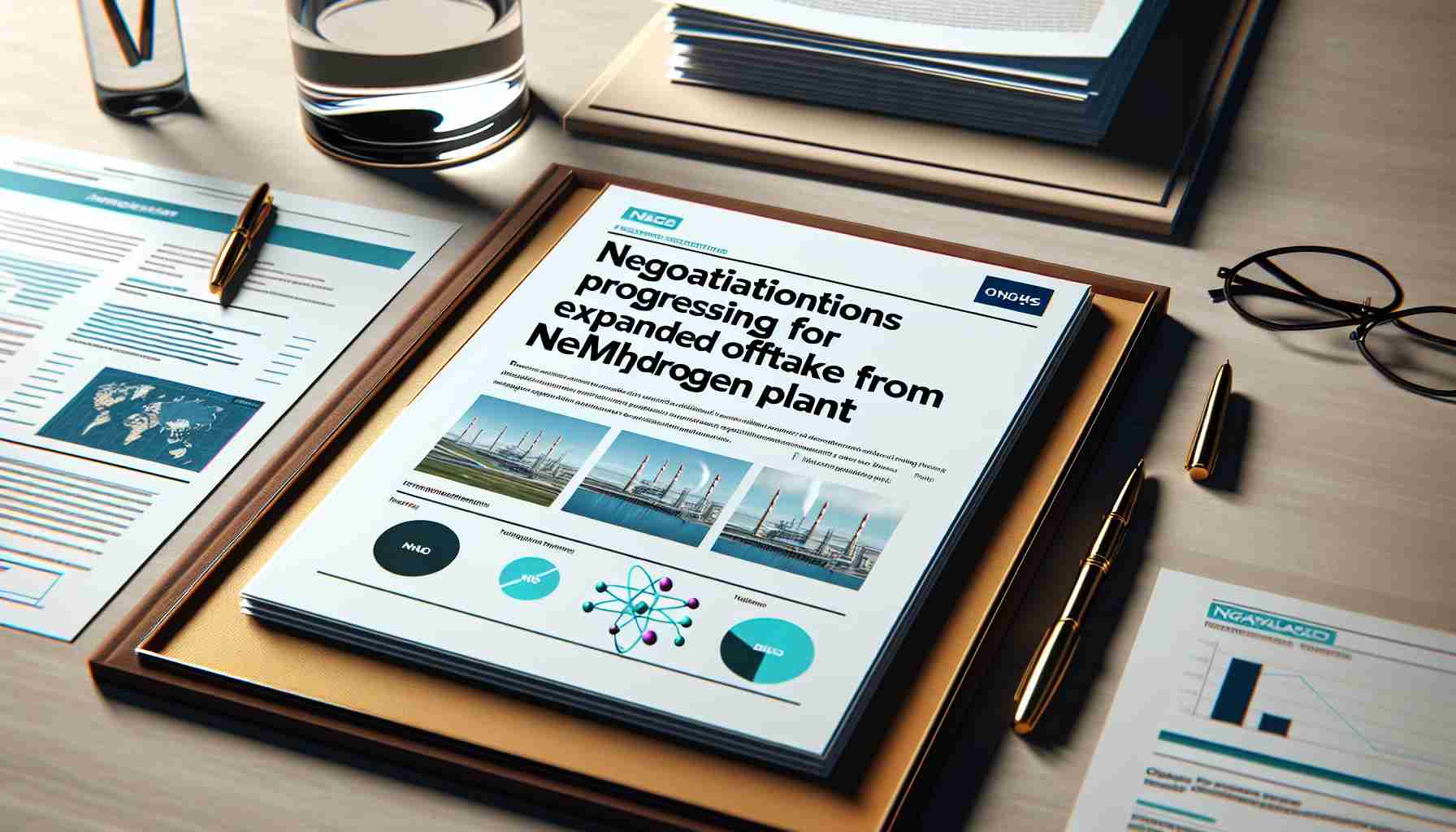Air Products’ CEO, Seifi Ghasemi, recently revealed that negotiations are underway to secure additional offtake agreements for the 2.2GW NEOM green hydrogen facility in Saudi Arabia, highlighting a robust demand for green hydrogen in the market.
As it currently stands, Air Products plans to utilize the full capacity of the plant, which will produce 600 tonnes of green hydrogen daily for conversion into green ammonia by 2027. Ghasemi, however, indicated that the interest from various companies could push these agreements to surpass what the plant can generate.
During the company’s fourth-quarter earnings discussion, Ghasemi mentioned that numerous industry leaders, including TotalEnergies, have submitted requests for quotation (RFQ) for hydrogen. The volume they are seeking notably exceeds the available capacity of Air Products’ green hydrogen project and the ongoing developments in NEOM.
This heightened interest reflects the increasing global shift towards renewable energy sources, particularly hydrogen, as businesses aim to achieve sustainability goals. With various companies recognizing the potential of green hydrogen, Air Products is positioned at the forefront of this clean energy transformation, actively exploring ways to meet this surging demand while continuing to expand their operational capabilities in the region.
Unlocking the Future: Tips, Life Hacks, and Interesting Facts About Green Hydrogen
As the world gravitates towards sustainable energy solutions, green hydrogen stands out as a promising alternative. With leadership from companies like Air Products in projects such as the NEOM facility in Saudi Arabia, it’s essential to understand not just the industry, but also how you can engage with this exciting field. Here are some tips, life hacks, and interesting facts related to green hydrogen that can enlighten readers and encourage further exploration.
1. Understand the Basics of Green Hydrogen
Green hydrogen is produced through the electrolysis of water using renewable energy sources such as solar or wind power. This process splits water into hydrogen and oxygen, creating a clean fuel that emits no CO2 when combusted. Understanding how this process works can help you appreciate its potential benefits over traditional fossil fuels.
2. Stay Informed About Industry Developments
With increasing interest from major corporations like TotalEnergies, it’s vital to stay updated on the latest news. Following credible sources focused on renewable energy and hydrogen developments can help you track innovations, investment opportunities, and technological breakthroughs. Useful resources include companies’ official announcements and educational platforms that provide industry insights.
3. Explore Investment Opportunities
As the green hydrogen market expands, you may consider investing in companies leading the charge. Research firms like Air Products and others involved in hydrogen production and storage. Monitor their projects and financial performance to make informed decisions about your investments.
4. Participate in Sustainable Initiatives
Communities across the globe are endorsing sustainability initiatives. By joining local efforts—such as community solar projects or educational workshops on renewable energy—you can actively contribute to the promotion of green energy solutions, including hydrogen.
5. Experiment with Hydrogen Concepts in Your Life
While most individuals won’t be producing hydrogen at home, you can explore the consequences of energy use in your daily life. For example, evaluate how much energy your appliances consume and consider alternatives that reduce reliance on fossil fuels. Learning about energy efficiency can lead to a greater understanding of how we can incorporate hydrogen into our lifestyles in the future.
Interesting Fact: The global green hydrogen market is expected to witness significant growth, with projections estimating it could reach over $200 billion by 2030. This growth could create millions of jobs globally and contribute substantially to reducing greenhouse gas emissions.
Another Interesting Fact: Countries like Germany, Japan, and Australia are pioneering hydrogen technologies and policies, significantly investing in infrastructure to support a hydrogen economy. These developments are essential as we move towards a sustainable energy framework.
In summary, the shift toward green hydrogen isn’t just about industry giants and mega projects; it’s also about individual engagement and understanding. By grasping the intricacies of this clean energy source and getting involved in related initiatives, you can be part of the conversation paving the way for a more sustainable planet.
For more in-depth information on renewable energy, visit Air Products.

